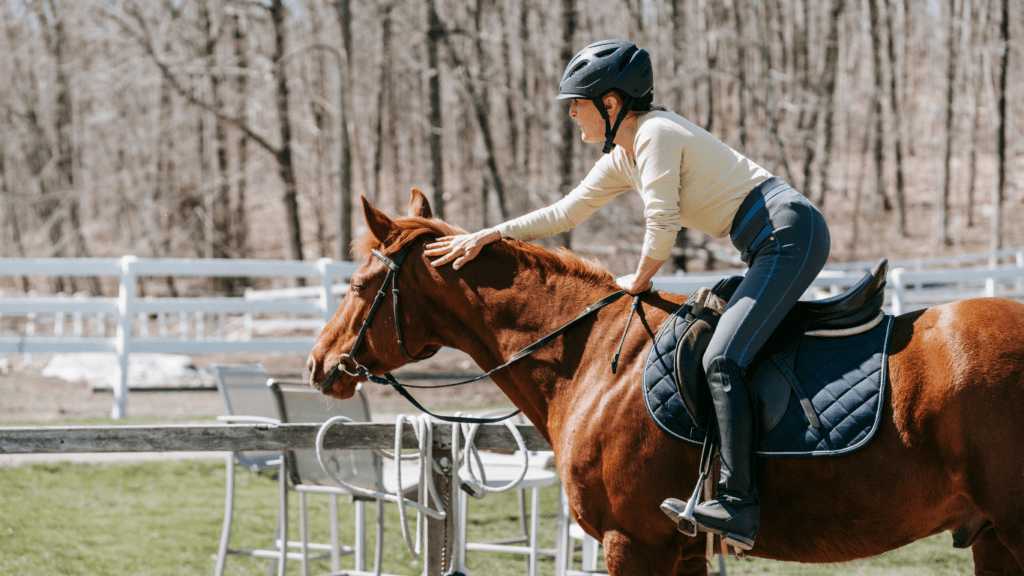When it comes to horse racing, the thrill of betting on long shots can be both exhilarating and rewarding. As a seasoned punter, I’ve explored various strategies to increase the odds of success when wagering on those underdog horses that defy expectations. In this article, I’ll share some valuable insights on how to approach betting on long shots in horse racing to maximize your chances of a lucrative win.
Understanding the nuances of handicapping, analyzing past performances, and spotting hidden gems in the race card are just a few key elements that can give you an edge in identifying potential long shot winners. With a strategic approach and a keen eye for detail, you can turn those high-risk bets into profitable opportunities. Join me as we delve into the world of betting on long shots and uncover the strategies that can help you make informed decisions at the racetrack.
Understanding Long Shots in Horse Racing
Exploring long shots in horse racing can be both exhilarating and financially rewarding. As someone passionate about strategic betting, I delve into the intricacies of wagering on underdog horses to enhance the chances of a successful outcome. By incorporating key elements like handicapping, analyzing past performances, and uncovering hidden gems on the race card, I aim to elevate the probability of winning with long shot bets. This section delves into the nuances of understanding long shots in horse racing, shedding light on the methods and techniques that can lead to profitable outcomes.
Factors to Consider Before Betting on Long Shots
When delving into the realm of long shot betting in horse racing, it’s crucial to analyze specific factors to enhance the chances of success. Here are key elements to consider before placing your bets:
Past Performances and Trends
In assessing long shot opportunities, I always conduct a thorough analysis of past performances and trends. Reviewing a horse’s previous races can reveal hidden potential or indicate a decline in form. By studying how a horse has fared under varying conditions and against different competition levels, I can make more informed decisions when considering long shot bets. Keeping an eye on trends such as improvements in speed figures or consistent finishes under specific circumstances helps me pinpoint horses with the potential to surprise at lucrative odds.
Track Conditions and Jockey Skills
Track conditions play a significant role in the outcome of horse races, especially for long shots. I pay close attention to how a horse has performed on similar track surfaces, considering factors like firmness, moisture, and turf type. Additionally, the skills of the jockey can greatly influence a long shot’s chances of success. Experienced jockeys who understand how to navigate challenging situations and adapt their strategies during a race can significantly boost a long shot’s winning potential. Evaluating the synergy between the horse, jockey, and track conditions allows me to make more calculated decisions when wagering on underdog horses.
Implementing Betting Strategies for Long Shots
Implementing successful betting strategies for long shots in horse racing requires a comprehensive approach that considers various factors to increase the chances of winning big. As an experienced bettor, I rely on specific methods that have proven effective in maximizing profits when wagering on underdog horses. Below are some key strategies that I consistently use to enhance my success rate in betting on long shots:
- Value Betting: When targeting long shots, I focus on value betting, which involves identifying horses with odds that are higher than their actual probability of winning. By conducting thorough research and analysis, I can pinpoint underestimated horses that have the potential to outperform expectations, leading to lucrative payouts.
- Trainer and Jockey Statistics: I pay close attention to the track record of both trainers and jockeys, as their expertise significantly influences a horse’s performance. Studying past success rates, winning trends, and performance under specific conditions allows me to assess the likelihood of a long shot exceeding expectations based on the team behind them.
- Track Conditions and Race Distance: Another vital aspect of my betting strategy is evaluating track conditions and the race distance when selecting long shots. Some horses perform exceptionally well on certain track surfaces or in specific distances, giving them an edge over competitors. By considering these factors, I can identify undervalued long shots with favorable conditions for success.
- Recent Form and Patterns: Analyzing a horse’s recent form and racing patterns is crucial in predicting their performance in upcoming races. I closely examine past performances, finishing positions, consistency, and improvements to gauge the potential of a long shot to deliver a strong performance. Detecting patterns and trends helps me identify horses that are poised for a breakthrough victory.
- Race Strategy and Competition: Understanding the race dynamics and competition is key to making informed decisions when betting on long shots. I assess the race setup, pace scenarios, and competitiveness of the field to identify opportunities where underdog horses have a realistic chance of pulling off an upset. By strategizing based on race dynamics, I can capitalize on favorable odds for long shots.
By incorporating these proven strategies into my betting approach, I’ve been able to achieve success in wagering on long shots and capitalize on lucrative opportunities in horse racing. Each element plays a significant role in enhancing the effectiveness of my bets and increasing the likelihood of landing substantial wins.
Evaluating Risks and Rewards
Analyzing the risks and rewards of betting on long shots in horse racing is crucial to making informed wagering decisions. It requires a thorough assessment of the potential outcomes and understanding the balance between risk and potential return. Here, I’ll outline key points to consider when evaluating the risks and rewards of betting on long shots:
Assessing Risk Factors:
- Odds vs. Probability:
Evaluating the odds offered on a long shot versus the horse’s actual probability of winning is essential. This comparison helps in determining if the potential payout justifies the risk of betting on a long shot. - Historical Performance:
Reviewing the historical performance of a long shot, including past races, finishing positions, and any notable achievements, provides insights into the horse’s capabilities and likelihood of success. - External Factors:
Considering external factors such as track conditions, weather forecast, jockey changes, and recent form can impact a long shot’s performance. Assessing these variables helps in gauging the level of risk involved in betting on a particular horse. - Payout Structure:
Understanding the payout structure for long shots is crucial. Higher odds typically result in larger payouts, but it’s essential to weigh these potential returns against the probability of the horse winning. - Historical Upsets:
Reviewing instances of historical upsets where long shots have won races at significant odds provides context for the potential rewards of betting on underestimated horses. - Market Trends:
Monitoring market trends and fluctuations in odds for long shots can indicate shifting perceptions of a horse’s chances of winning. Identifying value in these fluctuations can lead to profitable betting opportunities.
By carefully assessing the risks and rewards associated with betting on long shots in horse racing, I’ve been able to make well-informed decisions that maximize my chances of success while capitalizing on lucrative betting opportunities.


